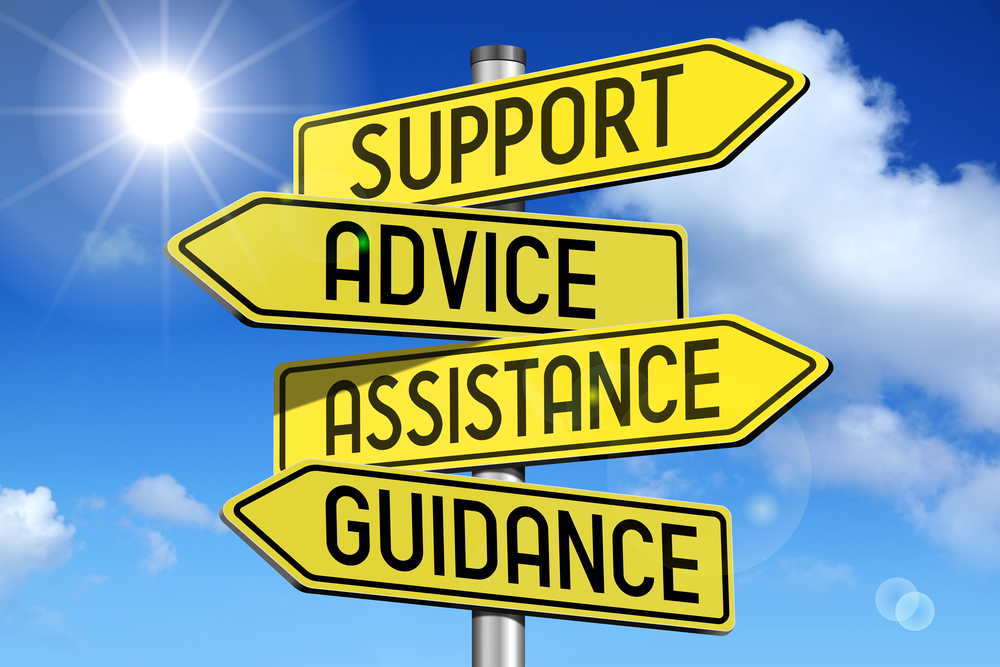
Boundary-setting is a vital skill that ensures healthy relationships with others. Without healthy boundaries, we can either have such rigid boundaries that we don’t allow people to get close, or such non-existent boundaries that we give too much of ourselves to others. Without effective boundaries, unhealthy, or even toxic, relationships can develop leading to severely impacted mental health and wellbeing.
We are often not taught how to set boundaries, or even that they are important. Effective boundary-setting is linked to happier relationships with others, better self-esteem, reduced symptoms of mental health issues such as depression and anxiety, as well as a happier, more fulfilled life.
Therefore, this month we are exploring what boundaries are, why they are important and how to set them. By building this skill, you can maintain effective self-care and see benefits in every sphere of your life, including work, family, health and romantic relationships.
Boundaries can be defined as the limits and rules that we set for ourselves within relationships. They are the space between you and another person, ensuring there is appropriate separation, independence, and support for each person in the relationship.
The purpose of boundaries is to protect our values and what is important to us. Boundaries protect our values by ensuring that we consciously limit how we spend resources such as time, energy, and emotions in order to spend these resources on what really matters to us. As a result, boundaries are unique to each person based on their unique set of values.
Boundaries are about setting appropriate limits however the appropriateness depends on the setting or context. For example, a joke that may be appropriate with friends might not be appropriate at work. The appropriateness of boundaries is also dependent on cultures due to different cultural expectations around certain behaviours e.g. emotional expression or public displays of affection.

Theorists such as Salvador Minuchin, the founder of Structural Family Therapy, split boundaries into three types; rigid, healthy or porous.
Rigid Boundaries – People with rigid boundaries keep others at a distance. They often struggle with feelings of loneliness, depression and a lack of social connection. They are likely to:
Porous Boundaries – People with porous boundaries are too involved and enmeshed with others. They often are highly dependent on other people and struggle with feelings of anxiety, burnout and the need to please others. They are likely to:
Healthy Boundaries – People with healthy boundaries are able to set limits in relationships and protect what is important to them. They are likely to:

Boundaries are important for a variety of reasons, including:
Self-Care – boundaries are a vital part of self-care, ensuring you are able to put limits around how you spend your time, energy or emotions so you don’t burnout. Having healthy boundaries leads to a balanced lifestyle that is essential for your mental health.
E.g. if you have no boundaries around work and spend most of your waking day working, you will have very little time for other things in your life such as family or fitness.
Relationships – boundaries ensure you have healthy and autonomous relationships with others. By setting boundaries you ensure that you don’t give more than you can and don’t develop feelings of resentment which can bubble up into passive aggressive comments or feelings of anger. Setting boundaries also protects your relationships and ensures that you are also the best version of yourself for the people in your life. By looking after yourself, you are able to care better for others and be kinder, patient and more tolerant.
Empowerment and Individuality – Boundaries enable us to connect to our sense of identity, of who we are and what is important to us. When we set boundaries, we are choosing how we spend our resources and to whom, prioritising and taking responsibility for our own happiness. This is incredibly empowering as every time you set a boundary you are making a choice to take control of your own happiness.
Mental Health – Unsurprisingly, setting boundaries is an essential tool that psychologists use in individual, relationships and family therapies to help empower people to take control over their own wellbeing and mental health. By setting boundaries we can reduce stress levels and burnout, increase self-esteem and also protect ourselves from accepting abuse from others which is a major cause of mental health difficulties.
Financial Stability – Boundaries are also vital in ensuring that we don’t spend or share more money than we have. If you struggle to say no to people, you may give more money to others than you are able to because you feel guilty if you don’t give them the money. However, this may result in you falling into debt and eventually needing someone else to support you financially. Therefore, boundary setting is a key tool to improve our financial wellbeing and stability.

Now that we have explored why boundary setting is so important, follow our 5-step approach to setting boundaries:
Step 1: Know Your Boundaries
In order to set boundaries, you first need to know what they are. Boundaries should be based on your values such as family, health, creativity, or love. If you don’t know what are trying to protect, there is very little motivation to set boundaries in the first place.
Ask yourself:
Step 2: Plan Putting in Boundaries
When you want to communicate a boundary to someone else or put one in place, you are more likely to succeed if you plan what you will say, when you will say it and how you will say it.
Ask yourself:
Step 3: Communicate your Boundaries
Now you are clear on your boundaries and have a plan, it’s time to communicate your boundaries. Ensure that you are clear and concise about what is bothering you and what your limit is, channelling assertiveness. You do not need to give an explanation as to why this boundary is important to you, but this can be helpful for the other person to understand your point of view.
Make sure you are not aggressive or shouting, but are firm and calm. Make sure you are not aggressive or shouting, but are firm and calm.
E.g. ‘When you comment on my weight in front of our colleagues, I feel really judged and humiliated. Please stop commenting on my weight as I find it damaging and inappropriate.’
Step 4: Continue to Set Boundaries
Communicating your boundaries to someone once isn’t enough. People often need reminding of your boundaries and may have been used to communicating and relating with you in a certain way for many years.
It is going to take time for this person to relate to you in a different way so make sure that every time your boundary is crossed, you communicate your boundary.
Step 5: Know your Limits
If you are repeatedly trying to set boundaries with someone and they unfortunately will not respect your wishes and boundaries, it is important to know when to draw a line in sand. People do not have to respect your boundaries. However, you have a choice as to whether you accept someone being a part of your life if they repeatedly try to cross your boundaries. Therefore, you can choose to withdraw or limit your exposure to this person as a last resort. You are in control of your exposure to this person.
Example – A work colleague is repeatedly touching you when talking, hugging you in the morning and leaning over your desk while you’re sitting at it. It makes you feel uncomfortable.
Boundary – If appropriate either take this person aside and discuss that this behaviour makes you uncomfortable and you would like it to stop. Alternatively speak to your manager to ask them to discuss physical touch in the office.
Example – Your boss repeatedly keeps asking you to work on the weekends and you keep missing out on time with your family. You feel resentful and burnout.
Boundary – You speak to your boss calmly on Monday about the possibility of limiting work to working hours, explaining the need for work-life balance. Depending on their response, perhaps consider an alternative job that allows you to prioritise.
Boundaries are the limits you set between you and other people in order to protect what and who is important to you. Effective boundary-setting not only leads to healthier and happier relationships with others, free of resentment and fear, but also to positive wellbeing and mental health. Try our five-step approach and see if you can start to enjoy the benefits of living with boundaries.

P: 1300 364 273 | Text or Live Chat: 0401 337 711 | W: acaciaconnection.com